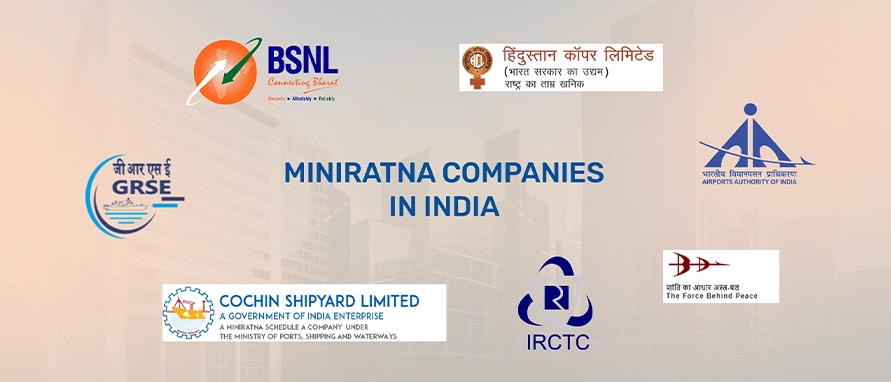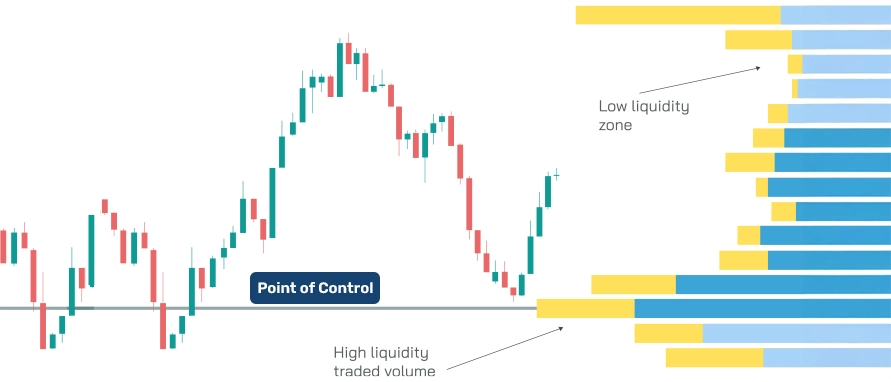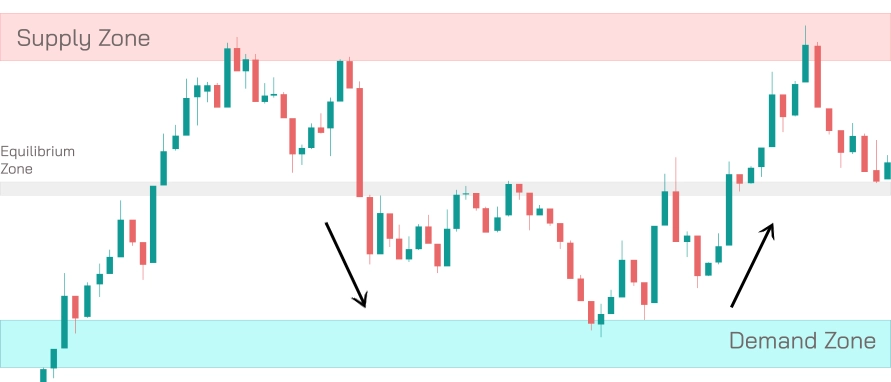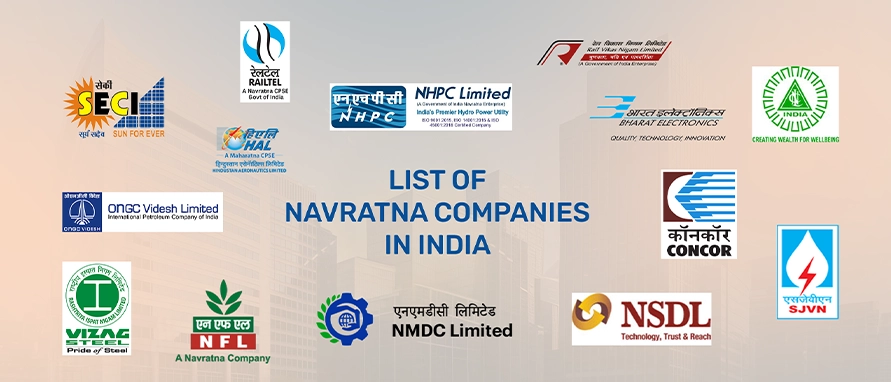-
Our ProductsLoansCardsInsuranceInvestmentsStock MarketElectronics MallCIBIL ScoreKnowledge CentreAcademyCalculators
- Our Services
- My Account
- Discover
What Is a Takeover and How Is It Funded
A takeover is a strategic move in the corporate world where one company acquires control of another. Whether driven by expansion goals, market entry strategies, or competitive positioning, takeovers can significantly reshape industries. Funding such acquisitions typically involves financial structuring, stakeholder approval, and regulatory processes. Explore the types of takeovers, their mechanisms, and the common funding strategies companies employ.
What Is a Takeover
A takeover is a corporate action where one company acquires control of another by purchasing a majority stake in its shares. Common in mergers and acquisitions (M&A), takeovers can be either amicable or contentious. Unlike mergers, which are often mutual, takeovers can proceed with or without the target company's consent. The acquiring company gains operational control, assets, and market share of the target, often altering the market structure and industry dynamics. Takeovers are typically executed with the intent to expand, diversify, or gain strategic advantage.
Types of Takeovers
Corporate takeovers can occur in several forms depending on the nature of the acquisition, control mechanism, and strategic intent.
Friendly vs. Hostile Takeovers
In a friendly takeover, the management and board of the target company agree to the acquisition, often seeing it as beneficial to shareholders. For example, Amazon’s acquisition of Whole Foods was a friendly takeover with aligned strategic goals.
In contrast, a hostile takeover bypasses management approval. The acquiring company may appeal directly to shareholders or initiate a tender offer. Defensive strategies like poison pills, golden parachutes, or white knight interventions are often employed by target companies to resist such attempts.
Reverse & Backflip Takeovers
A reverse takeover occurs when a private company acquires a publicly listed one, using the latter’s listing status to go public without undergoing an IPO. This route is faster and less regulated than traditional listings.
A backflip takeover is rarer and more strategic, where the acquired company remains the surviving entity post-acquisition, often to retain a stronger brand or regulatory advantage.
How Are Takeovers Funded
Funding a takeover involves a blend of strategic finance tools based on the acquirer’s balance sheet, market conditions, and deal structure.
Cash Transactions: The acquiring firm pays shareholders of the target company in cash, often using internal reserves or raising fresh capital.
Debt Financing (LBO): In a leveraged buyout, the acquisition is funded primarily through borrowed money, with the acquired firm’s assets often serving as collateral.
Equity Swaps: The acquirer offers its own shares in exchange for those of the target, which avoids heavy cash outflows but dilutes existing shareholders.
All-Cash vs. All-Share Offers: All-cash deals offer certainty to target shareholders. All-share deals provide potential upside if the acquiring company’s stock performs well.
Loan Notes: These are debt instruments issued to target shareholders as part of the payment, often with interest and maturity terms.
Why Companies Initiate Takeovers
Takeovers are driven by a range of strategic motivations:
Market Share Expansion: Entering new geographies or capturing a larger customer base quickly.
Diversification: Reducing dependence on a single market or product category.
Synergies: Combining operations to cut costs, share technology, or streamline supply chains.
Eliminating Competition: Acquiring rivals to consolidate market power or neutralize threats.
Access to Resources: Gaining access to intellectual property, skilled workforce, or natural resources.
Examples of Takeovers
CVS Health and Aetna (2018) is a prominent friendly takeover, where CVS acquired Aetna in a $69 billion deal to integrate retail health and insurance, creating a vertically integrated healthcare giant.
Carl Icahn’s attempt to take over Clorox (2011) is a classic example of a hostile takeover. Icahn made unsolicited bids, which were rejected by Clorox's board, showcasing resistance strategies in action.
Indian Examples:
Tata Motors’ acquisition of Jaguar Land Rover (2008) marked its entry into the global luxury automotive market.
Hindalco’s acquisition of Novelis positioned it among leading global aluminium producers.
Risks and Limitations of Takeovers
While takeovers can be transformative, they are not without risk:
High Leverage: Debt-funded deals can burden the acquirer with repayments, increasing financial stress.
Cultural Mismatch: Integration failures often arise from differing corporate cultures, leading to operational friction.
Regulatory Hurdles: Antitrust issues or government scrutiny can delay or block deals, especially in cross-border takeovers.
Shareholder Resistance: Hostile takeovers can provoke negative reactions, including legal challenges or activist investor opposition.
Integration Challenges: Aligning systems, staff, and strategy post-takeover is complex and often underestimated.
Conclusion
Takeovers are critical levers in modern corporate strategy, enabling expansion, innovation, and market consolidation. Companies may adopt friendly or hostile approaches, utilize varied funding methods like cash, debt, or shares, and aim to generate synergies or eliminate rivals. However, outcomes often depend on factors such as planning, cultural alignment, and post-deal integration. Investors and regulators alike view takeovers as high-stakes events with broad economic implications.
Disclaimer
This content is for informational purposes only and the same should not be construed as investment advice. Bajaj Finserv Direct Limited shall not be liable or responsible for any investment decision that you may take based on this content.
Frequently Asked Questions
What is the difference between a takeover and merger?
A takeover occurs when one company gains control of another, often without mutual consent, whereas a merger is a voluntary combination of two companies into a single entity with mutual agreement.
What are the main types of takeovers?
Takeovers can be classified as friendly, hostile, reverse, or backflip, each differing in strategy, execution, and the level of consent from the target company.
How is a takeover funded?
Takeovers are typically financed through cash payments, debt financing such as leveraged buyouts, equity swaps, or a combination of these methods, depending on the deal structure.
What is a leveraged buyout (LBO)?
A leveraged buyout is an acquisition primarily funded with borrowed money, often secured against the assets of the company being acquired to amplify potential returns.
What is a reverse takeover and why are they used?
A reverse takeover allows a private company to acquire a public company to obtain listing status quickly, bypassing the traditional IPO process.
What are mandatory offer regulations?
Mandatory offer regulations require an acquirer to make an offer to all shareholders once a defined ownership threshold is crossed, ensuring minority investors are protected.
With a Postgraduate degree in Global Financial Markets from the Bombay Stock Exchange Institute, Nupur has over 8 years of experience in the financial markets, specializing in investments, stock market operations, and project management. She has contributed to process improvements, cross-functional initiatives & content development across investment products. She bridges investment strategy with execution, blending content insight, operational efficiency, and collaborative execution to deliver impactful outcomes.
Related Blogs

Roshani Ballal

Nupur Wankhede

Anshika

Roshani Ballal

Geetanjali Lachke

Roshani Ballal

Geetanjali Lachke

Geetanjali Lachke

Nupur Wankhede

Roshani Ballal

Roshani Ballal

Roshani Ballal

Nupur Wankhede

Anshika

Anshika

Nupur Wankhede

Nupur Wankhede

Anshika

Nupur Wankhede

Anshika

Geetanjali Lachke

Roshani Ballal

Anshika

Anshika

Nupur Wankhede

Anshika

Nupur Wankhede

Nupur Wankhede

Geetanjali Lachke

Roshani Ballal

Roshani Ballal

Geetanjali Lachke

Nupur Wankhede

Anshika

Nupur Wankhede

Nupur Wankhede

Nupur Wankhede

Nupur Wankhede

Nupur Wankhede

Nupur Wankhede

Nupur Wankhede

Geetanjali Lachke

Geetanjali Lachke

Roshani Ballal

Nupur Wankhede

Anshika

Anshika

Nupur Wankhede

Nupur Wankhede

Nupur Wankhede

Nupur Wankhede

Nupur Wankhede

Nupur Wankhede

Nupur Wankhede

Nupur Wankhede

Nupur Wankhede

Nupur Wankhede

Nupur Wankhede

Nupur Wankhede

Roshani Ballal

Anshika

Nupur Wankhede

Geetanjali Lachke

Nupur Wankhede

Nupur Wankhede

Anshika

Anshika

Nupur Wankhede

Anshika

Anshika

Nupur Wankhede
.webp)
Nupur Wankhede

Nupur Wankhede

Nupur Wankhede

Nupur Wankhede

Nupur Wankhede

Nupur Wankhede
.webp)
Nupur Wankhede

Nupur Wankhede

Nupur Wankhede

Nupur Wankhede
-in-India.webp)
Nupur Wankhede

Nupur Wankhede

Nupur Wankhede

Anshika

Nupur Wankhede

Nupur Wankhede

Anshika

Anshika

Nupur Wankhede

Nupur Wankhede

Nupur Wankhede

Nupur Wankhede

Nupur Wankhede

Nupur Wankhede

Nupur Wankhede

Nupur Wankhede

Anshika

Nupur Wankhede

Nupur Wankhede

Nupur Wankhede

Nupur Wankhede

Anshika

Nupur Wankhede

Nupur Wankhede
-Meaning-Importance.webp)
Nupur Wankhede

Anshika

Nupur Wankhede

Anshika

Nupur Wankhede

Nupur Wankhede

Nupur Wankhede

Geetanjali Lachke

Geetanjali Lachke

Geetanjali Lachke

Anshika

Anshika

Nupur Wankhede

Nupur Wankhede
-portfolio.webp)
Nupur Wankhede

Anshika

Geetanjali Lachke

Geetanjali Lachke

Geetanjali Lachke

Geetanjali Lachke

Geetanjali Lachke

Roshani Ballal

Geetanjali Lachke

Geetanjali Lachke

Geetanjali Lachke

Roshani Ballal

Roshani Ballal

Geetanjali Lachke

Roshani Ballal

Roshani Ballal

Roshani Ballal

Roshani Ballal

Roshani Ballal

Roshani Ballal























.webp)

.webp)




































































.webp)



.webp)











.webp)




.webp)
































